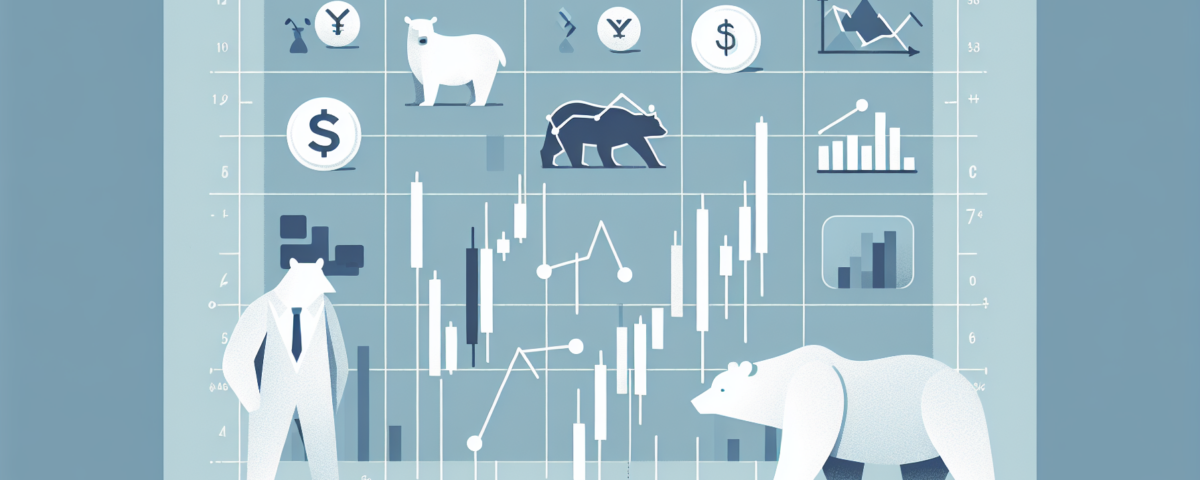
Navigating Market Volatility: Key Insights for April 7, 2025
Tháng 4 7, 2025
Spain’s Economic Strategy: Navigating Rising U.S. Tariffs with Resilience
Tháng 4 7, 2025Eurostoxx Futures Dive Amidst Rising Global Market Volatility
In the early European trading session on April 7, 2025, Eurostoxx futures experienced a significant plunge of 3.7%, reflecting the ongoing uncertainties in the global financial landscape. This downturn is not an isolated incident but rather a component of a larger trend driven by increasing global market volatility and pervasive economic concerns that are affecting investor sentiment worldwide.
The Impact of Global Market Volatility
Recent developments in international trade have stoked fears across global markets, particularly due to the tensions arising from aggressive tariffs imposed by former U.S. President Donald Trump and the retaliatory measures from China. These escalating tariff disputes have created a ripple effect in the market, resulting in pronounced sell-offs, particularly in U.S. equities. Within this environment, technology stocks have borne the brunt of the downturn, witnessing substantial losses and heightening concerns over the sector’s stability amid escalating trade wars. Additionally, understanding the geopolitical landscape, such as the developments in China’s strategic responses, is critical for investors as it can significantly influence market volatility. For more insights, read about three strategic moves by China regarding U.S.-China trade tensions.
The Eurostoxx futures decline is emblematic of a broader unease in global equity markets, as investors brace for volatility driven by geopolitical developments. With tensions simmering between global superpowers, market participants remain on high alert for any shifts that could exacerbate economic disparities. This international backdrop emphasizes the fragility of market confidence, which is increasingly shaken by both political decisions and emerging economic data.
Eurostoxx Performance and Broader Trends
Within this turbulent context, the STOXX Europe 600 Index, which encapsulates the performance of large, mid and small-cap companies across 17 European countries, has encountered year-to-date challenges, confirming a decline of 3.7% as of the end of March 2025. This downturn underscores the interconnectedness of geopolitical events and economic performance, often creating a perfect storm for European markets.
Investors are closely monitoring key economic indicators that could influence market trajectory in the immediate future. In particular, inflation figures and upcoming bank earnings are being scrutinized as they hold the potential to pivot market sentiment. Should inflation rise unexpectedly or bank earnings miss expectations, this could exacerbate existing volatility, leading to more severe market reactions. To avoid missteps during such uncertain times, it is crucial to be aware of key investment mistakes to avoid in 2023.
Conclusion: Navigating Economic Uncertainties
The current environment suggests an acute sensitivity of financial markets to geopolitical risks and economic releases. As we witness the impact of global market volatility exemplified by the 3.7% decline in Eurostoxx futures, it’s clear that investors are navigating through a landscape marked by uncertainty. With critical economic data on the horizon, the coming weeks are likely to bring additional insights into market sentiment and direction. Investors should prepare for continued fluctuations as they assess how these dynamics may influence their strategies moving forward. In this climate, staying informed and agile will be essential for making sound investment decisions amidst the ongoing global turmoil. For strategies rooted in enduring investment principles, consider how value investing can still beat the market.

